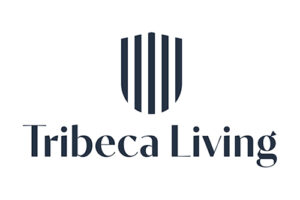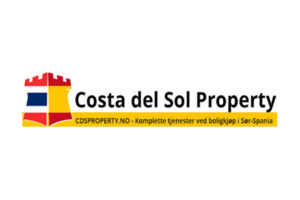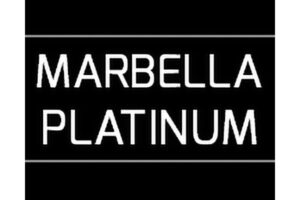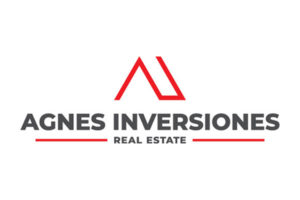A look at the progression of architectural ideas from the open-plan concept originated by Lloyd Wright to the classic UDesigned house of today.
Article by Vivion O’Kelly
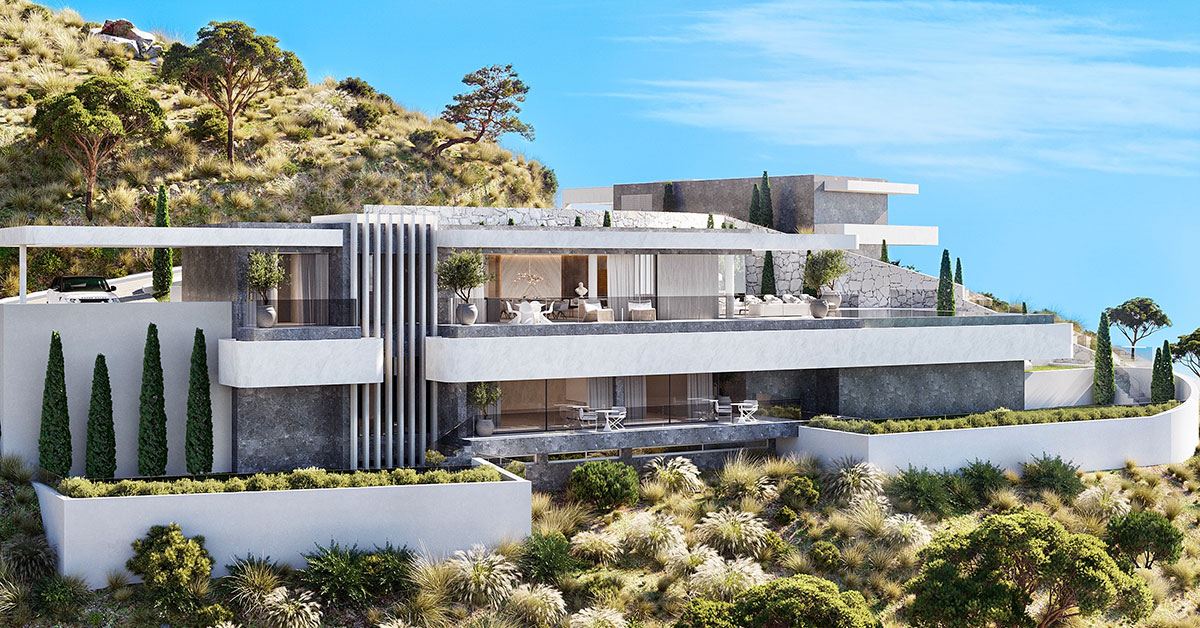
“Nothing should be attached to the structure without considering the effect on the building’s whole… large expanses of glass to blur the boundary between the indoors and outdoors… open floor plan, strong horizontal lines… a liberal use of natural materials such as stone and wood… an open floor plan concept allowing a free flow of space from room to room… sustainable concepts using local materials, southerly orientations for passive solar heating in winter and deep overhangs to shade rooms in summer”
An accurate description of the basic architectural concepts behind a Vista Lago villa? Well yes, fairly accurate. Part of a text on how the architects at UDesign go about their business? It could be.
But it isn’t. This text was written by Victoria Hale some years ago for an American heating systems blog (WarmlyYours), and refers to the work of Frank Lloyd Wright (1867-1959), one of the most famous American architects of all time. More specifically, her references are primarily to his Prairie Style period, dating from the beginning of the 20th century, of which the Robie House in Chicago is one of the best-known examples.
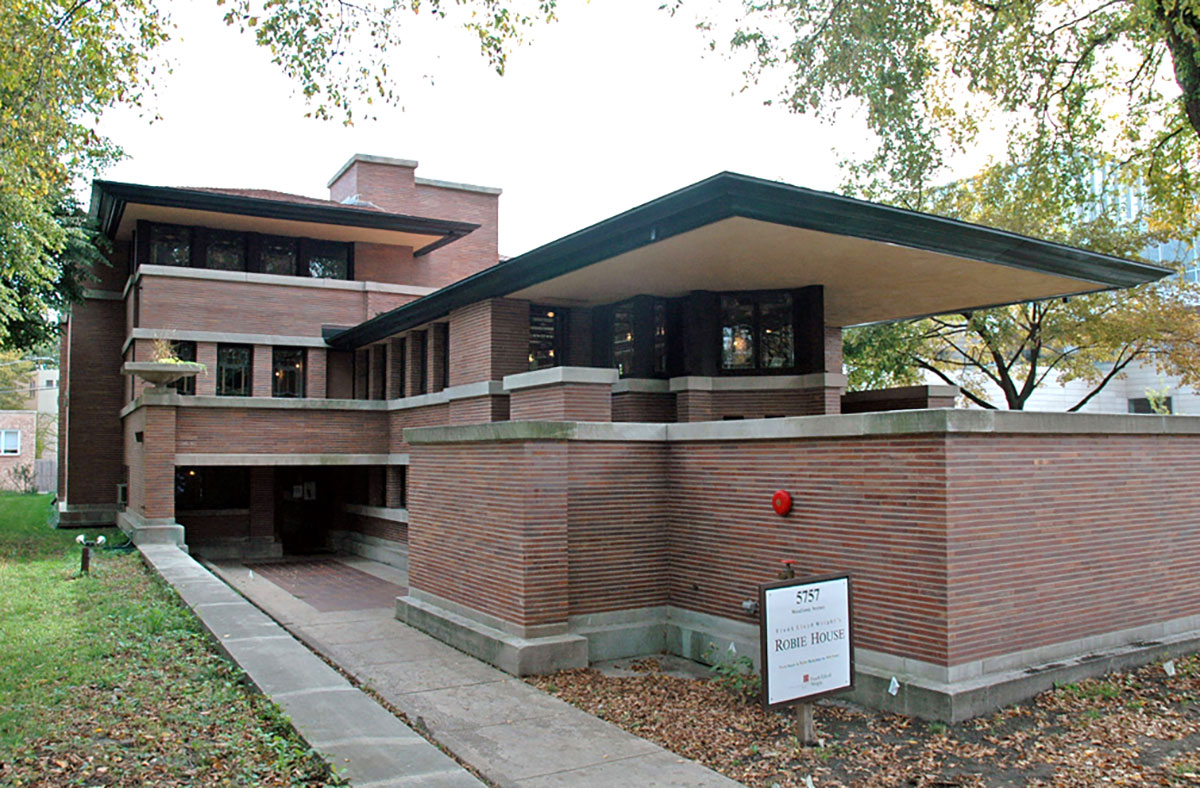
None of Lloyd Wright’s houses of that period closely resembles a classic UDesign house of today, but a key concept which affects the structural integrity and appearance of a house unites the two. This is the cantilever, a rigid structural element extending horizontally and supported at only one end. Wright used them in his Fallingwater House to project large balconies, and they have widely used in bridge construction over the past century. Their great advantage in building design is that they allow for free space underneath a beam without any supporting columns or bracing. In other words, open planning.
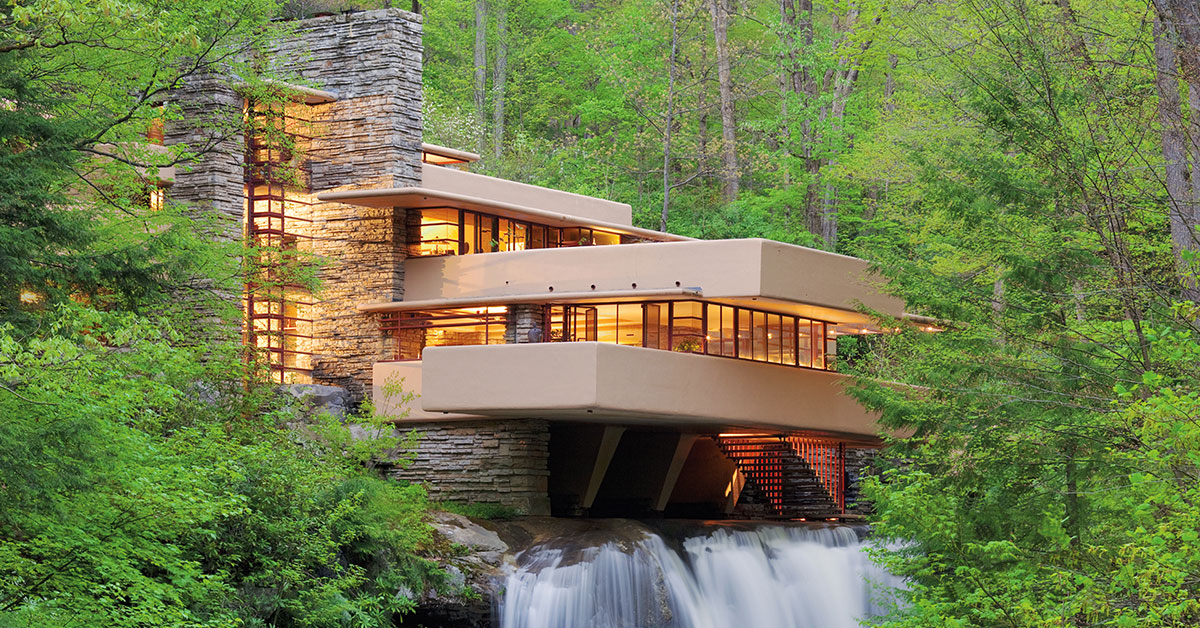
In days gone by, when each room of a house was heated by its own fireplace, all rooms had to be separate. Older readers who might have been brought up in large old houses without central heating (the traditional Victorian or Georgian house, for example) may remember being constantly reminded by their parents to close the door. In ordinary homes, as distinct from office buildings, the open plan concept first began to gain widespread popularity in the 1960s and 70s with the opening of the kitchen and sitting or dining room areas into one, allowing the cook – usually the housewife – to interact with the rest of the family while preparing meals. The installation of extractor fans mostly eliminated the problem of kitchen smells, while the absence of interior walls provided for increased sunlight throughout the main lounge area from windows in the exterior walls.
With improved insulation and increasingly efficient heating systems, the need to close doors for heat conservation has practically ceased to exist, while the problem of heating in warm climates has been solved to a large extent by passive building design. Add to this the obvious advantages of open interior spaces in cooling a house naturally and one sees why the contemporary UDesign house in Southern Spain is invariably open plan.
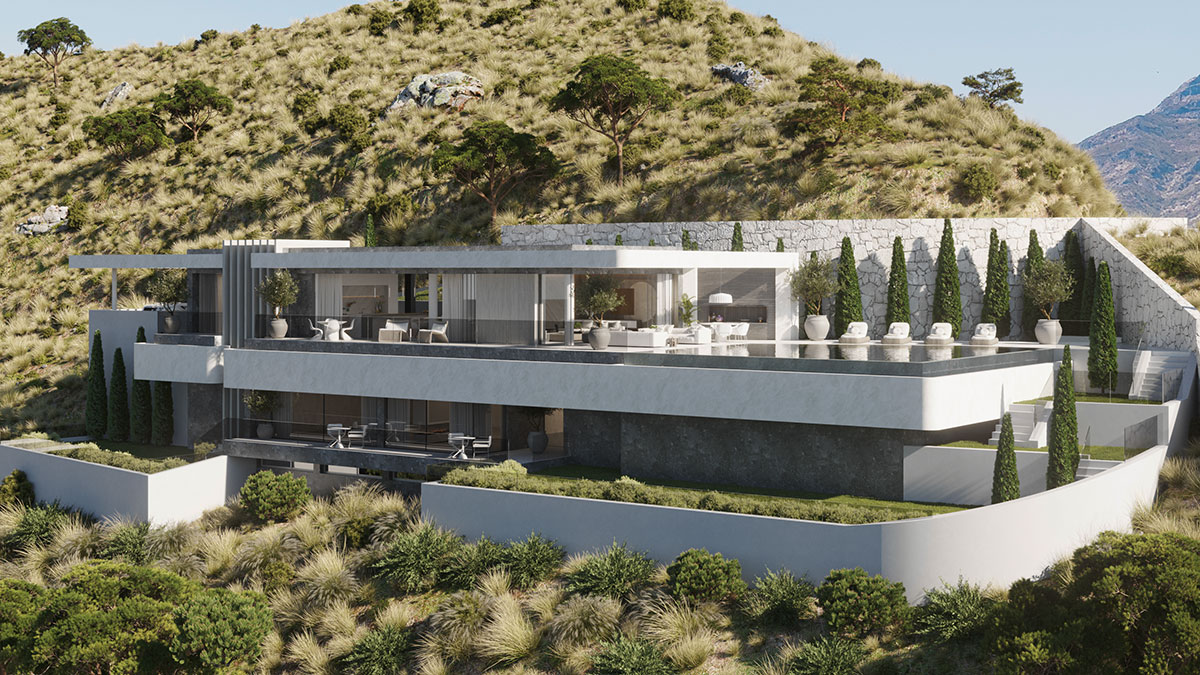
Lloyd Wright was one of the first important modern architects to design flat roofed houses in his later period, the most famous example being his Fallingwater House, built in 1937. This concept has also carried on into the 21st century, although slower than might have been expected, given that ordinary people have a natural tendency to cling to what they know; in this case, a house looking like what they already know to be a house, complete with pitched roof. They were quite common during the early colonial period in the states of Texas, Arizona, New Mexico and southern California, frequently mixed with shallow pitched roofs, and Lloyd Wright would have known about them, of course, and probably have been influenced by them. Here in Spain, poor housing in the south, where shovelling snow is rare activity, was often no more than a simple block shape. Not surprisingly, the typical warm-weather UDesigned house of our day is flat roofed.
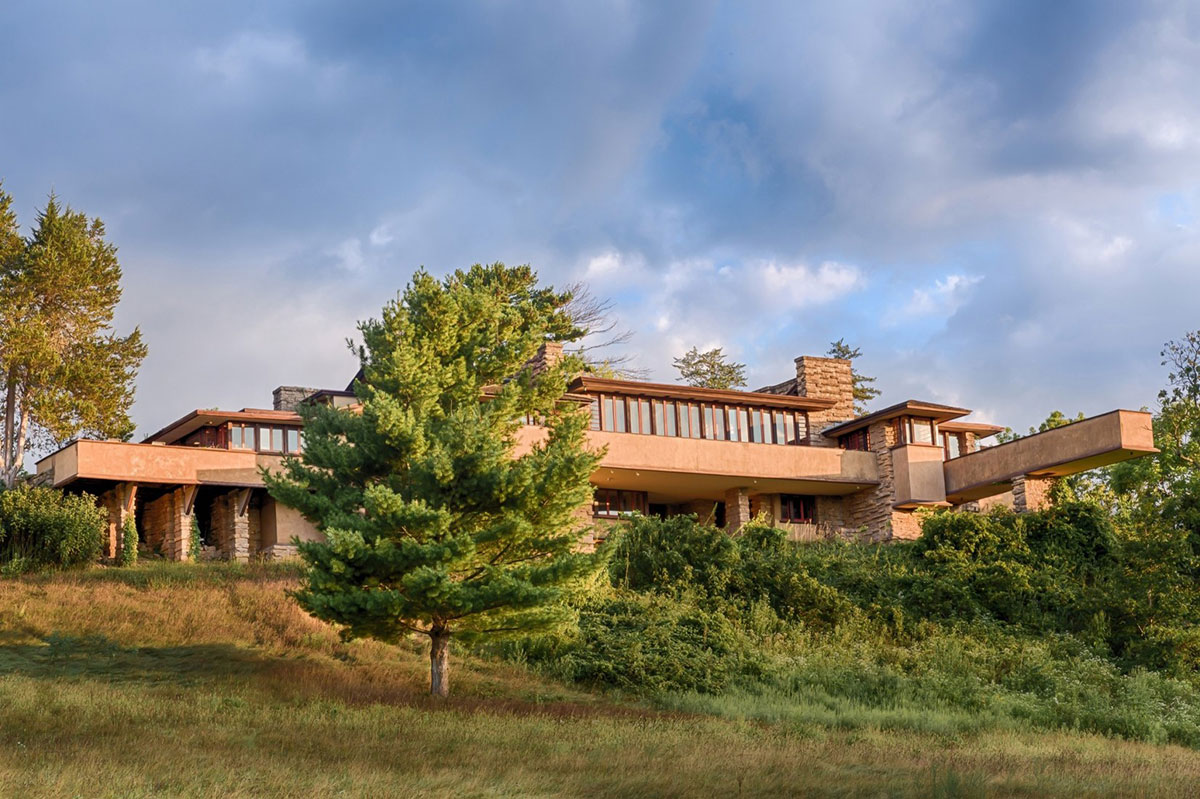
So what would Lloyd Wright say if introduced to a UDesign house of today, such as a Vista Lago villa? He would undoubtedly be pleased that his ideas have survived into the 21st century, and happy to see that the architectural artistry he practiced to perfection is still alive and well. But he would not see, at first glance, the huge advances made in the area of environmental friendliness and sustainability. Which is not to say that he was oblivious of the problem. His mid-20th century ranch houses had high ceilinged living rooms and open kitchens, and along with large glass windows, they presented a challenge to heat efficiently, as heat rises and remains trapped in high spaces. His response was to install radiant floor heating, thus taking advantage of rising heat.

He was one of the early pioneers of sustainable building design, first using his textile concrete block system in 1923, providing, as he stated, “fabrication as infinite in colour, texture and variety as in that rug”. This enabled him to link the structure to its site by a series of terraces that reached out into the landscape, making it an integral part of that landscape. Think Vista Lago.
From concrete block construction to the high-tech systems we now use, from simple underfloor heating to the numerous high-tech heating and cooling options we have today, think Vista Lago. And from what were then advanced hidden wiring solutions to our present-day state-of-the-art illumination and security technology, think Vista Lago. We believe our houses reflect standard practise in luxury housing design of the future, but we are also conscious of the debt we owe to one of the great architects of the past.

Visit The Frank Lloyd Wright Foundation for more information on his work.
For more information on Vista Lago Residences visit our information page or call our Sales Team to reserve your villa: (+34) 682 105 002 Email: info@by-bright.com
Photos courtesy of BRIGHT and Western Pennsylvania Conservanc.






















